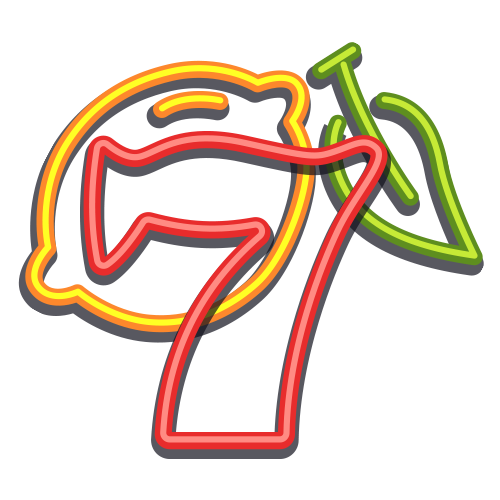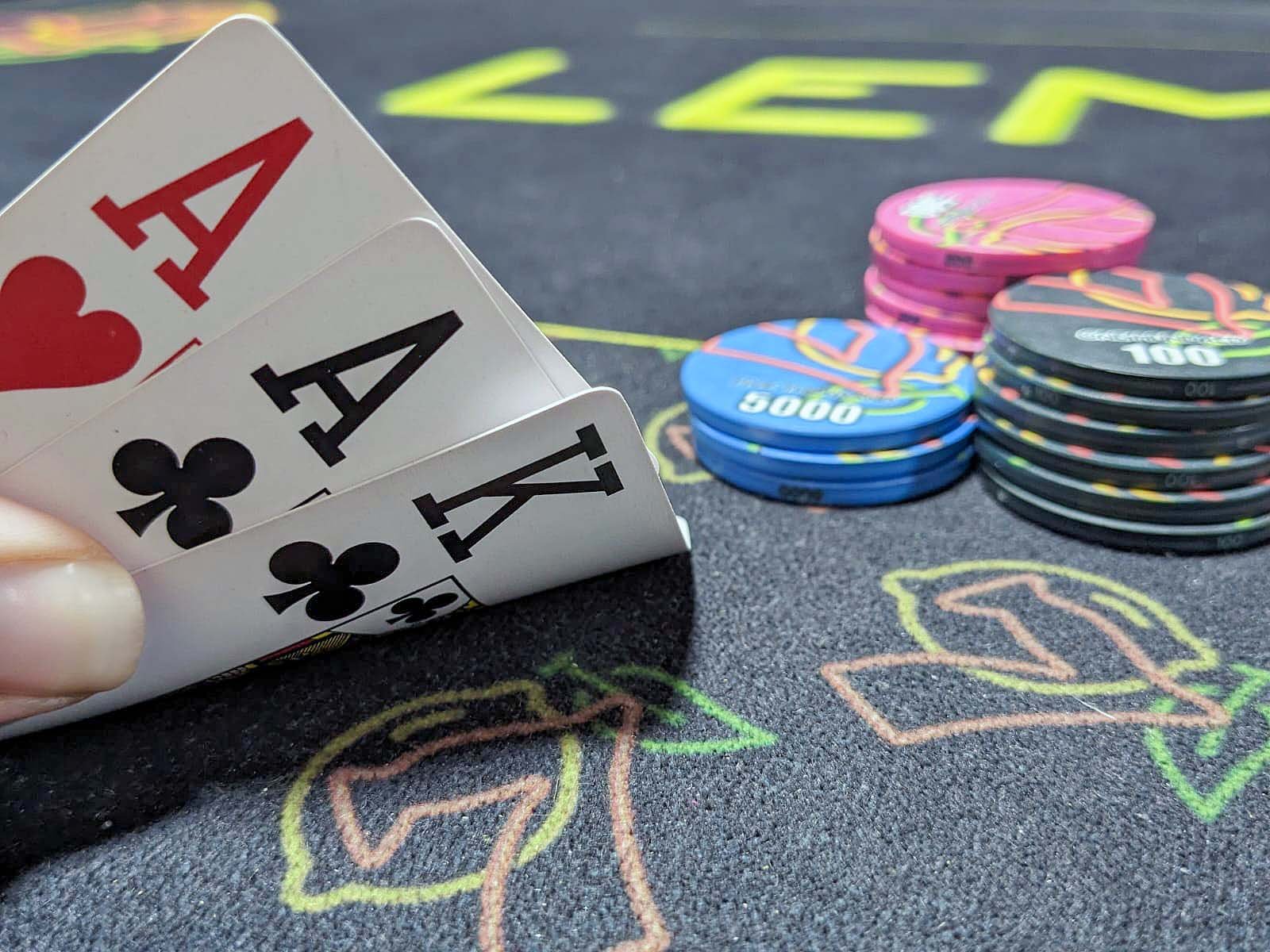Poker Basics: Tournament Blinds
Poker blinds are one of the first things you need to learn in order to play poker, and can sometimes seem confusing or difficult at first. Worry not, at Lemons & Sevens we’re here to teach you everything you need to know about poker tournament blinds and blind structures step by step.
Please note: blinds work differently in poker cash games, today we’ll only be talking about blinds in poker tournaments
What are blinds in poker?
In poker, the blinds are forced bets that players must make once each orbit. These bets are called the “big blind” and the “small blind”. The small blind is usually half the big blind - or thereabouts.
The small blind is placed by the player to the left of the dealer button, and the big blind is placed by the player to the left of the small blind. After each hand, the dealer button moves to the left, as does the small blind and big blind.
What is the point of blinds?
In poker tournaments, blinds serve three purposes:
By forcing two players to make a bet every hand, players are encouraged to play more hands. If there was no forced betting, players would only play their strongest hands and there would rarely be any action.
The big blind sets the minimum bet for each hand. To limp (call) the big blind before any community cards are dealt (pre-flop), you must wager the same amount as the big blind, and to raise, you must bet at least 2 big blinds.
In tournament play, the blinds increase after every level. This means that after a certain amount of time dictated by the casino (or at your home game) the amount you have to pay as the big blind increases. This has the effect of forcing players to play a wider range of cards as they need more and more chips in order to stay in the game, and also to shorten the tournament. (This is not the case in cash games.)
Blind structures
If you’re playing in a casino, the blind structure of a tournament will usually be posted on the casino’s website, and you can always ask the poker room staff. During play, the blind structure of the poker tournament will be displayed on screens around the room, including the current big and small blind amount, the time until the next level, and what the blinds will be at the next level.
If you’re playing a poker tournament at home, you can use an app like Blind Valet to display your current and upcoming blind levels. To find out a strong blind structure for your home game - you can take a look at our post for hosting your own poker game which has a suggested blind structure to suit all home tournaments.
What are Antes in Poker?
Simila-r to a blind, an ante is used to encourage action in poker tournaments. An ante is paid in addition to the small and big blinds every hand. There are two main types of ante used in tournament play.
Traditional Ante. The traditional ante is usually 1/8th of a big blind and is paid by every player at the start of every hand. These chips will be collected into the pot before any cards have been dealt and cannot be used to form a part of your betting preflop. For example if you have paid a 25 chip ante and there is a raise to 500 in order to call you must also put in 500 chips. (Not 475.)
Big Blind Ante. The big blind ante is relatively new to the poker world and serves to really speed up the game. Each hand, the player in the big blind position will put in their big blind as usual, plus an additional 1 big blind which is immediately collected into the pot. Over the course of one full orbit each player will have paid the exact same amount as with a traditional ante however there is far less time spent making change and collecting the chips.
Can you miss blinds in a tournament?
Unlike in poker cash games, you cannot skip a blind at a poker tournament. If you leave the table and are unable to post your big or small blind, the dealer will take the blind and ante from your stack while you’re gone.
As the blinds increase while playing poker tournaments, you should never leave the table - you never know which hand will be a monster, so it’s better to just wait for the break.
How do blinds affect play?
The size of the blinds greatly affects how the game is played. Good poker players measure their stack size by the number of big blinds they have and the size dictates how they play. In general when your stack size is anywhere above 50 big blinds there will be a lot of poker to play postflop. Once the stacks come down below 30 big blinds most of the meaningful decisions will happen preflop thus simplifying the game and making some decisions completely automatic.
To work out how many big blinds you have simply divide your stack size by the big blind. For example, if you have 12,000 and the blinds are 200/400, you have 30 big blinds. Once the blinds go up to 300/600, your 12,000 stack will only be 20 big blinds.
Once your stack dips below 20 big blinds, you’ll need to start finding ways to grow your stack or risk being “blinded out” of the tournament.
For more info on the specifics of stack size and play styles check out this post on Pokerology.
For more information about playing poker, check out our guide to the differences between online and live poker, how to host your own home game, and the poker chip breakdown guide and calculator.






